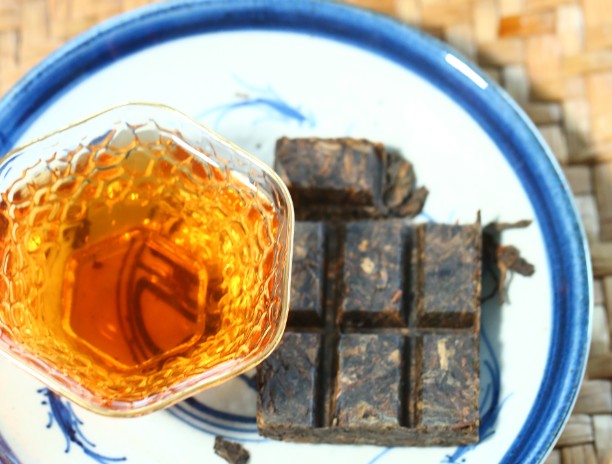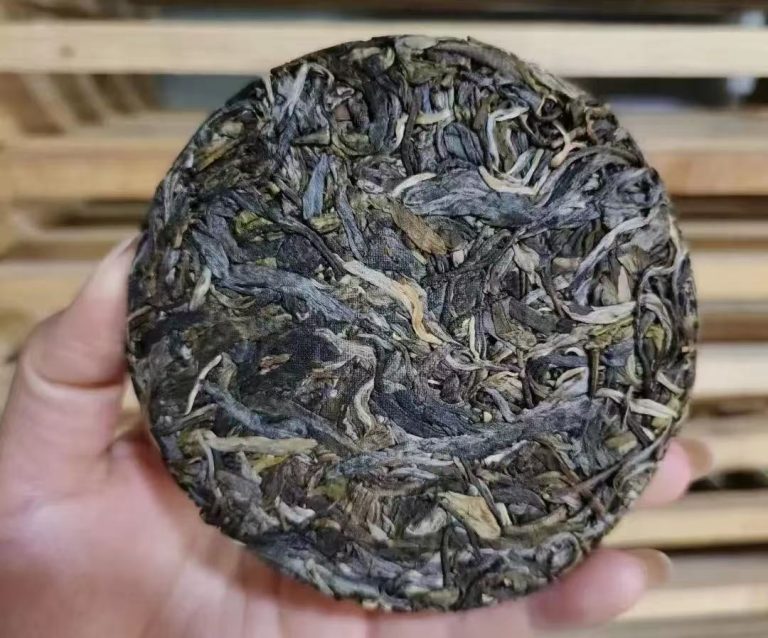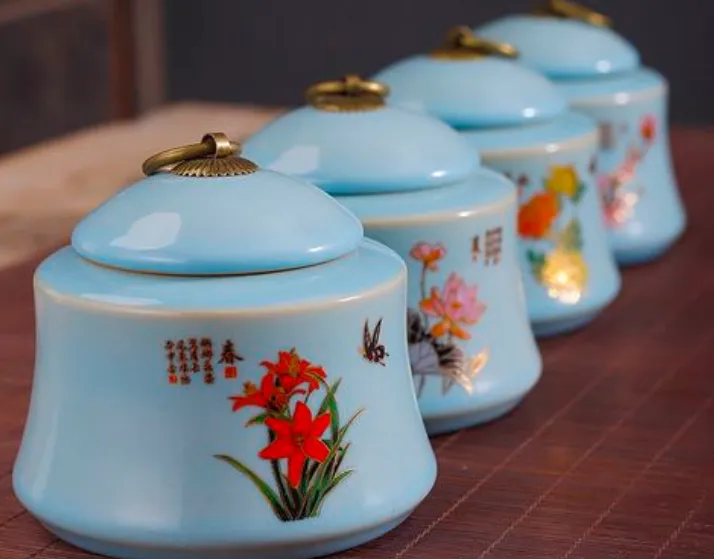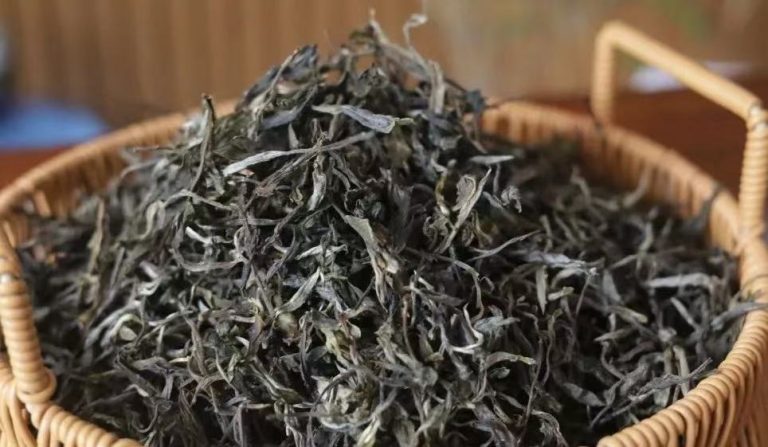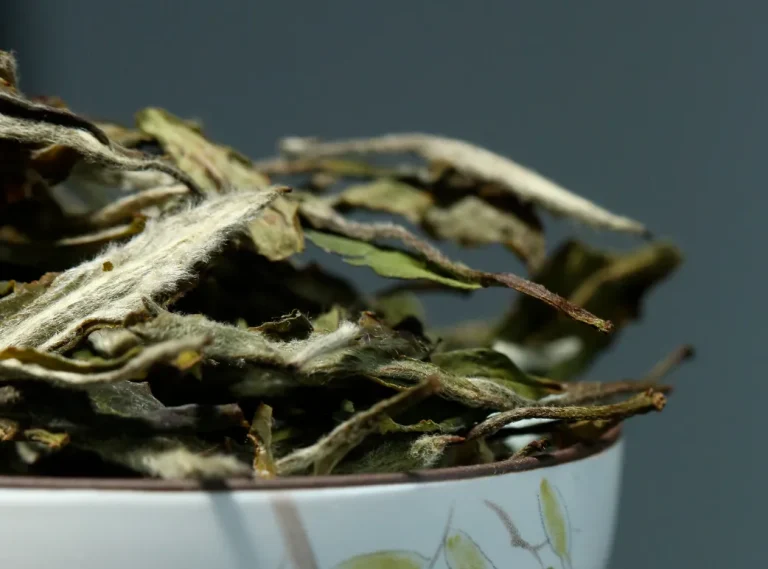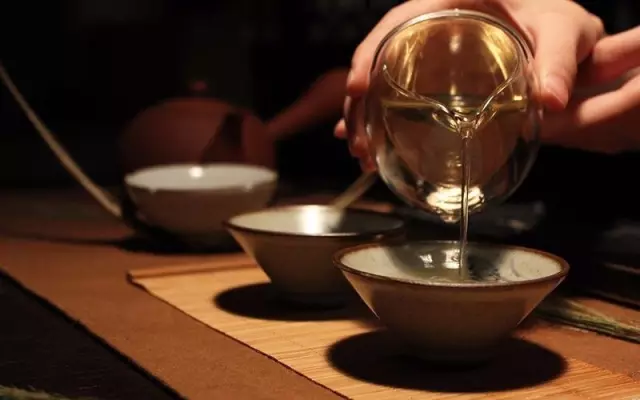Lu Yu “tea scripture” recorded
“Tea as a drink, from Shennong’s, heard in Lu Zhou Gong.”
China’s tea culture has a long history
Tea has always been an indispensable part of Chinese people’s lives
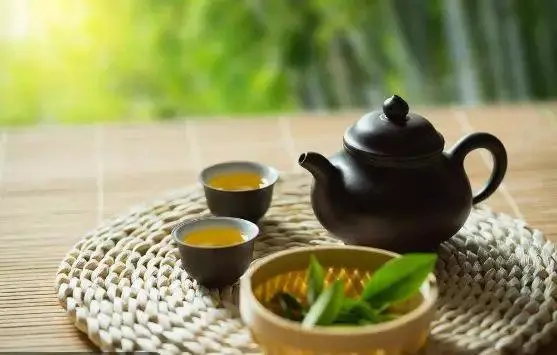
Beijing time on the evening of November 29th
“China’s Traditional Tea-making Technique and Related Customs Successfully Applied for Heritage
China now has 43 intangible cultural heritages.
Today, let’s get closer to “Chinese Tea”.
The Origin of Tea
Tea originated in China
The earliest documented history of tea is the Shen Nong Ben Cao Jing (Classic of the Materia Medica of Shen Nong)
It is written in the book
“Shennong tasted a hundred herbs and encountered seventy-two poisons in a day, but he was able to cure them with a tea.”
The term “tian” here refers to tea
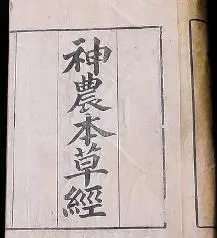
The history of tea drinking in China
can be traced back to the Qin Dynasty
Gu Yanwu’s “Records of Daily Knowledge” recorded that
“Since the Qin people took Shu, there has been tea drinking.”
In other words
As early as the Qin Dynasty, China already had a tea culture
After that
China’s tea culture gradually developed regional characteristics
Varieties of Tea
“Tea is also a fine tree in the south.” Hundreds of tea trees are distributed in the four major tea regions of Jiangnan, Jiangbei, Southwest and South China, south of the Qinling and Huaihe Rivers and east of the Tibetan Plateau. After a long period of practice, related communities, groups and individuals have developed six major types of tea, namely green tea, yellow tea, black tea, white tea, oolong tea and black tea, using different techniques according to local terroir.
1.Green Tea
Green tea belongs to the unfermented tea, which maximizes the retention of the nutrients in the tea leaves, and has a special effect on anti-cancer, anti-aging, sterilization and so on. Green tea first originated in Baidi (today’s northern Sichuan, southern Shaanxi area), is now China’s most important tea, accounting for 70% of the total tea production, almost every region of China has its own special green tea. For example, the familiar Xihu Longjing and Biluochun are both green teas.
There is an interesting story about the origin of the name Biluochun. The original name of Biluochun was Scary Fragrance. Legend has it that during the Kangxi period in the Qing Dynasty, one year the Dongting East Mountain Biluo Peak on the tea tree grows particularly luxuriant, tea picking girls pick down the tea with bamboo baskets can not be loaded, the excess tea in the arms. Tea after the heat through a burst of fragrance, tea picking girls called the scary fragrance, the tea thus named. After the Kangxi Emperor Jiangnan, Governor Song Eindo this tea offering, the Kangxi Emperor appreciated the tea, but felt that its name is not elegant, it is based on its picking in the Biluo Peak, the tea color turquoise, the shape of the curved like a screw, but also worth the value of the picking in the early spring, and therefore determined that the tea name Biluochun.
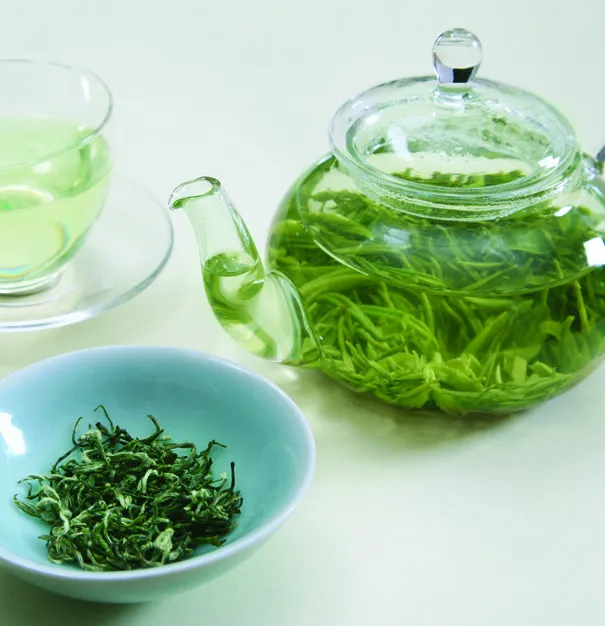
The most prestigious green teas are “Mingqian tea” and “Yuqian tea”. “Mingqian tea” refers to the tea leaves picked before the Qingming Festival. Due to the low temperature before the Qingming Festival, the tea tree grows slowly, so the production is very low, “Mingqian tea, as expensive as gold”. The “pre-rain tea” refers to the tea picked before the rainy season, although less precious than the “pre-Mingming tea”, it is also the top grade of tea.
According to the different production processes, green tea can be divided into fried green tea, baked green tea, sun green tea and steamed green tea. The above-mentioned Xihu Longjing and Biluochun are both fried green tea. Roasted green tea is generally used for curing flower tea, which is characterized by its resistance to brewing. Sun-dried green tea has different degrees of sunshine odor, among which Dianqing is of better quality. Enshi Yulu tea is one of the few steamed green teas.
2.Yellow Tea
Yellow tea is a lightly fermented tea, a specialty of China. According to the old and young fresh leaves and the size of the buds, it is divided into yellow bud tea, yellow small tea and yellow large tea.
Yellow tea can be said to be the six categories of tea in the presence of the lowest sense of tea, what is the reason for this? The original yellow tea processing technology similar to green tea, only one more “boring yellow” step, so yellow tea and green tea is not a big difference. Furthermore, yellow tea brewed tea soup is yellow, let a person mistakenly think it is poor quality green tea, and on the taste, yellow tea is not outstanding.
Although yellow tea is not well known, but there is still no shortage of famous yellow tea. For example, produced in Yueyang, Hunan Junshan silver needle, shape into the needle, Phi full of white hair, is China’s top ten famous tea in the only yellow tea. Junshan silver needle tea has a long history, the Tang Dynasty has appeared, according to legend, Princess Wencheng into Tibet carried this tea.
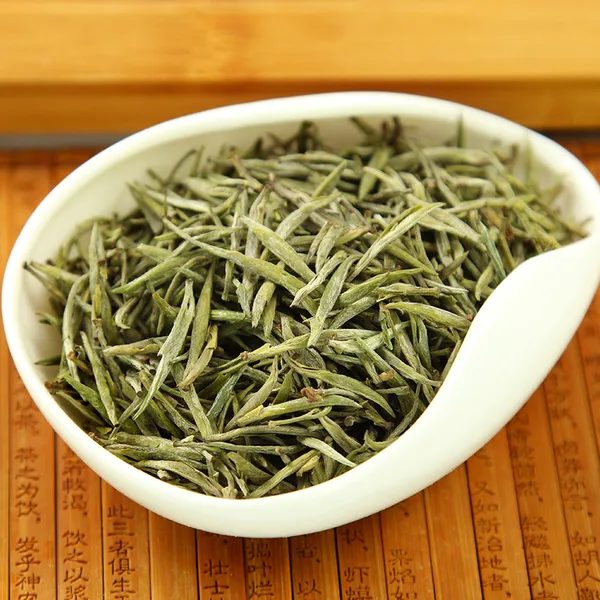
3.Black Tea
Black tea is a post-fermented tea. According to the different production areas and processes, black tea can be categorized into Hunan black tea, Hubei old green tea, Sichuan Ya’an Tibetan tea and Dian Gui black tea. Black tea is generally able to be preserved for a long period of time and has the characteristic that the more it ages, the more fragrant it is.
Hunan Anhua is the earliest place of black tea production in China, and Anhua black tea not only has a long history, but is also highly sought after. According to historical records, the history of Anhua black tea can be traced back to the Tang Dynasty’s “Qiujiang thin slice” more than 1,400 years ago. During 1972-1974, tea particles were found in the unearthed artifacts from the Mawangdui Han Tomb in Changsha, and related experts found that it was Anhua black tea, thus extending the history of Anhua black tea for another 900 years.
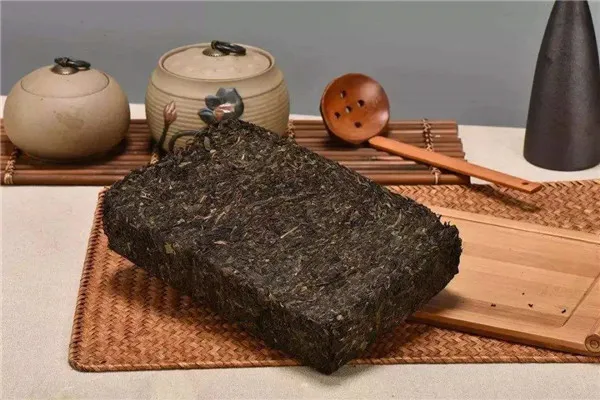
Qianliang tea was introduced in the Qing Dynasty, which is known as the “King of Tea in the World”. Qianliang tea is the classic Anhua black tea tea, aged tea is the best, a piece of storage 50 years of Qianliang tea market value of up to 2 million yuan.
4.White Tea
White tea is a slightly fermented tea, and has always been a treasure among teas. It is named for the fact that the finished tea is mostly buds, covered with white hairs, like silver like snow.
The origin and definition of white tea has been the subject of much debate. One theory is that white tea means white tea leaves. After the tea leaves suffer from albinism, the tea leaves are white, so it is called white tea. Another theory is that the tea leaves naturally have a layer of silver-white hairs, such as the Fuding Great White Tea Tree. There is another way to classify white tea according to the degree of fermentation and oxidization, which is the contemporary understanding of white tea.
Due to its unique production method, white tea contains a large amount of flavonoids, which can beautify the skin and even protect against radiation. However, white tea is cold in nature and requires more attention when drinking.
White Hair Silver Needle is the best white tea, known as the beauty of tea, the king of tea. Its tea tree buds as raw materials, picking time is very short, only a short ten days a year, so the number is very rare.
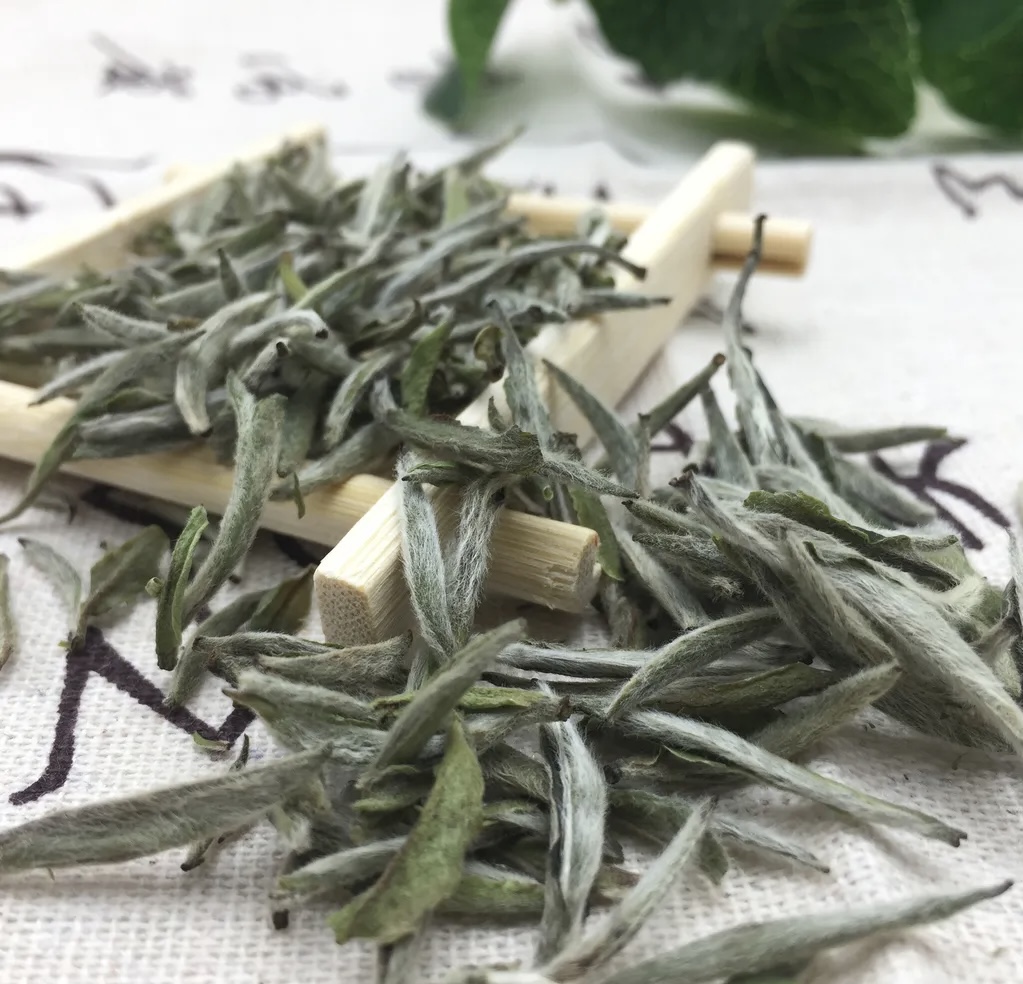
5.Oolong Tea
Oolong tea is a semi-fermented tea with weight loss and beauty benefits, and is known as “beauty tea” and “fitness tea” in Japan.
Oolong tea originated in Fujian Province and has a history of more than a thousand years. Its predecessor, Beiyuan tea, was the earliest tribute tea in Fujian and the most famous tea after the Song Dynasty. 1725, Oolong tea was created. Oolong tea is still very popular today. Oolong tea is mainly produced in Guangdong, Fujian and Taiwan.
Anxi, Fujian Province produces a lot of Oolong tea, including the household name Tieguanyin, and is known as the “hometown of Chinese Oolong tea”. Tieguanyin is the finest of the Oolong teas, with a mellow flavor and a natural orchid aroma. Tieguanyin tea has many unexpected benefits, such as preventing cardiovascular disease and treating allergies.
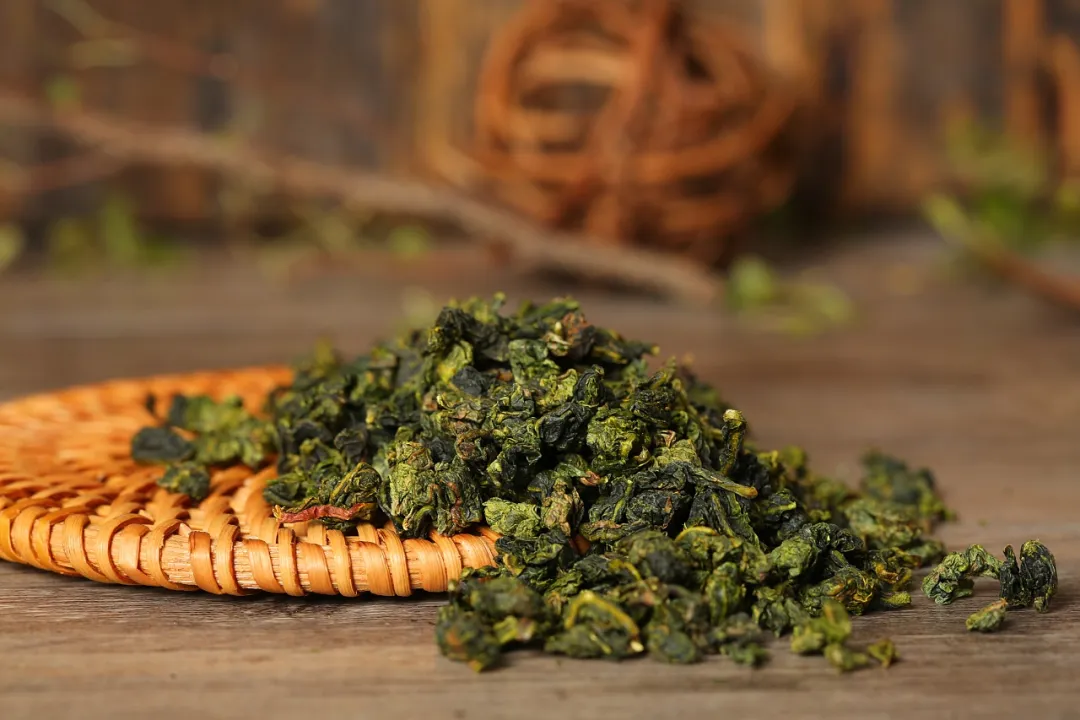
When it comes to oolong tea, we have to mention “Dahongpao”. Dahongpao tea tree is a shrub type, for thousands of years old tree, now Dahongpao mother tree only 6 plants. Dahongpao production is extremely low, less than one kilogram a year, and has been used as a tribute tea throughout the ages. Dahongpao tea trees are specially guarded throughout the year, and the picking process has a rigorous process. Because of the scarce production, the big red robe basic not for sale. Nowadays, the Dahongpao on the market is mostly a second generation product that is grafted from the mother tree.
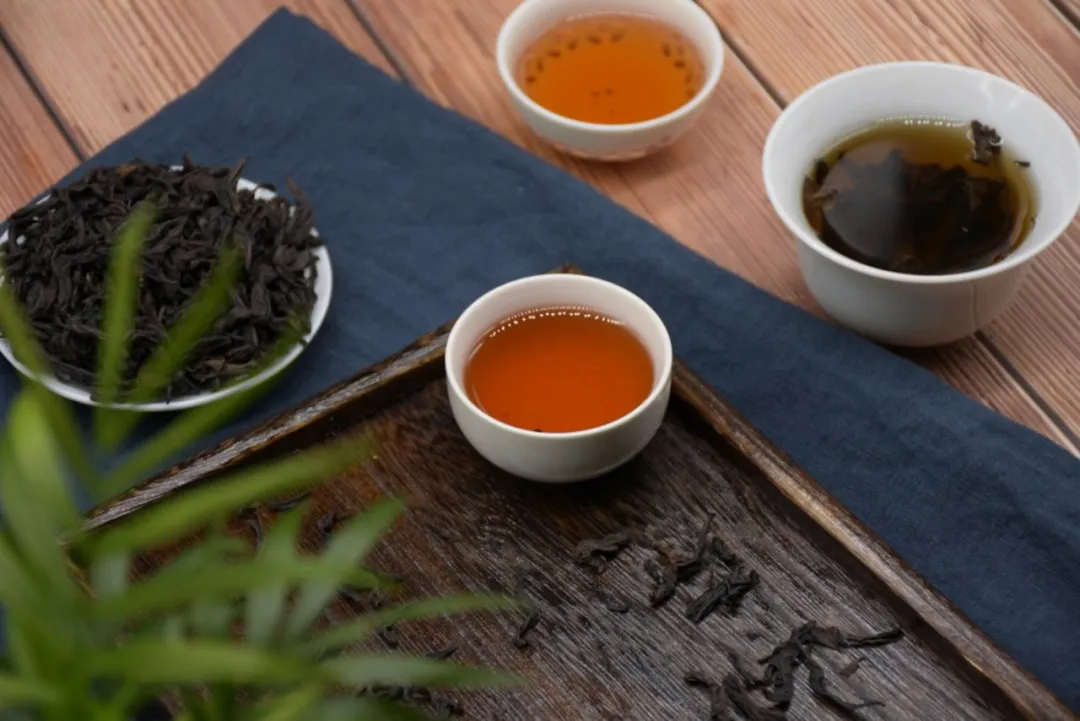
6.Black Tea
Black tea is a fully fermented tea, named for the red color of the tea broth and the bottom of the leaves after the dry tea is brewed. The world’s first black tea was invented by tea growers in the Wuyi Mountain tea region of Fujian Province during the Ming Dynasty, and was called “Zhengshan Xiaojiao”. Nowadays, black tea has spread all over the world and become an international beverage.
China’s black tea can be divided into three categories: small seed black tea, Gongfu black tea and black tea. One of the most famous is Keemun black tea. Keemun black tea and Darjeeling black tea, Ceylon black tea, Assam black tea and known as the four black tea.
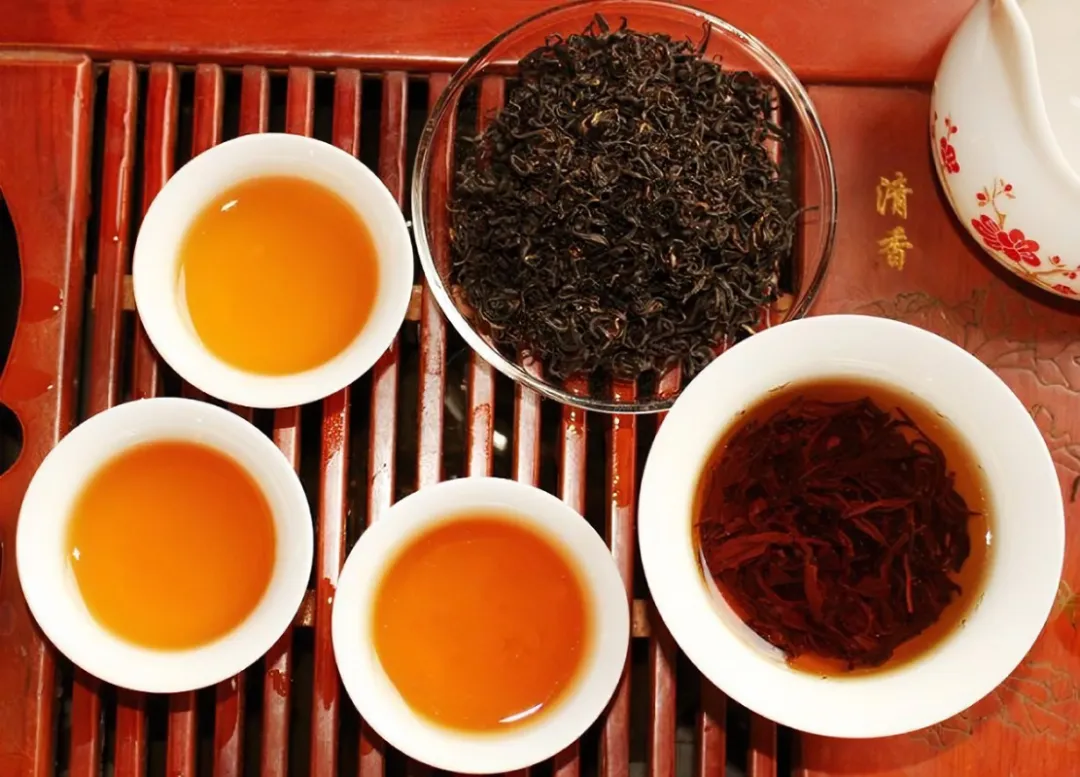
According to historical records, before the Qing dynasty Guangxu years, Qimen only produces green tea, not black tea. 1875 after the beginning of black tea production. According to legend, Yixian County, Anhui Province, a person named Yu Ganchen, in Fujian, the dismissal of officials back to the home of the business, because see black tea sells well in Doli, will set up a black tea factory in the local area, imitation of the “Min red tea” method, began to test the production of black tea. Because of the natural conditions around the Qimen area, the quality of Qihong is very good, so the planting area continues to expand, production continues to improve, reputation is also higher and higher. Qihong in the international black tea market has aroused great interest in tea merchants, the Japanese will be called Qihong rose, the British first called “Qihong”, that is, “Keemun red tea”.
Tea Heritage
Chinese people love tea, tea is a green drink, refreshing and healthy. Some people may say that it is hard to find tea in today’s society, but in fact tea is everywhere in our daily life. For example, the popular Tea-Yan-Yue-Se milk tea is the epitome of Chinese tea. By utilizing the cultural symbol of “Chinese tea”, Cha Yan Yue Shi has successfully captured the hearts of Chinese people.
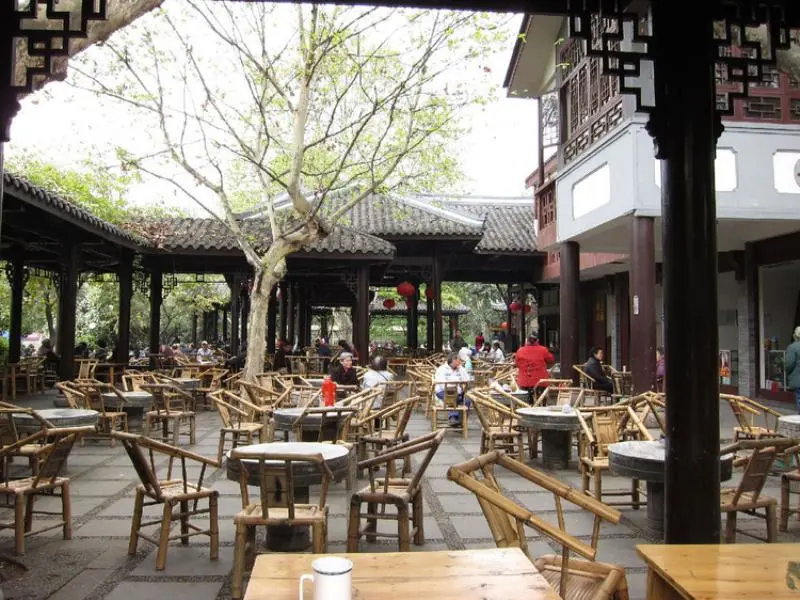
Chinese people love tea, in the tea brewing, tasting, discussing tea these ceremonial moments, realize nature, sense of life. A leaf to see the square inch, a tea now thousands. In the eyes of the Chinese, tea is not only a cup of beverage, but also the grass and trees in the mountains and the flavors of life. In South China, especially in Guangdong, drinking tea is still an important part of life and socializing. In Chengdu, Sichuan Province, where there are a large number of teahouses, drinking damper tea is a very important daily pastime and has become an everyday life.
The Chinese love tea, which embodies the values of modesty, harmony, courtesy and respect, and has had a profound impact on the moral cultivation and character building of the Chinese people. China has always emphasized tea culture. For example, Shanghai has been organizing the International Tea Culture Festival since 1994.
